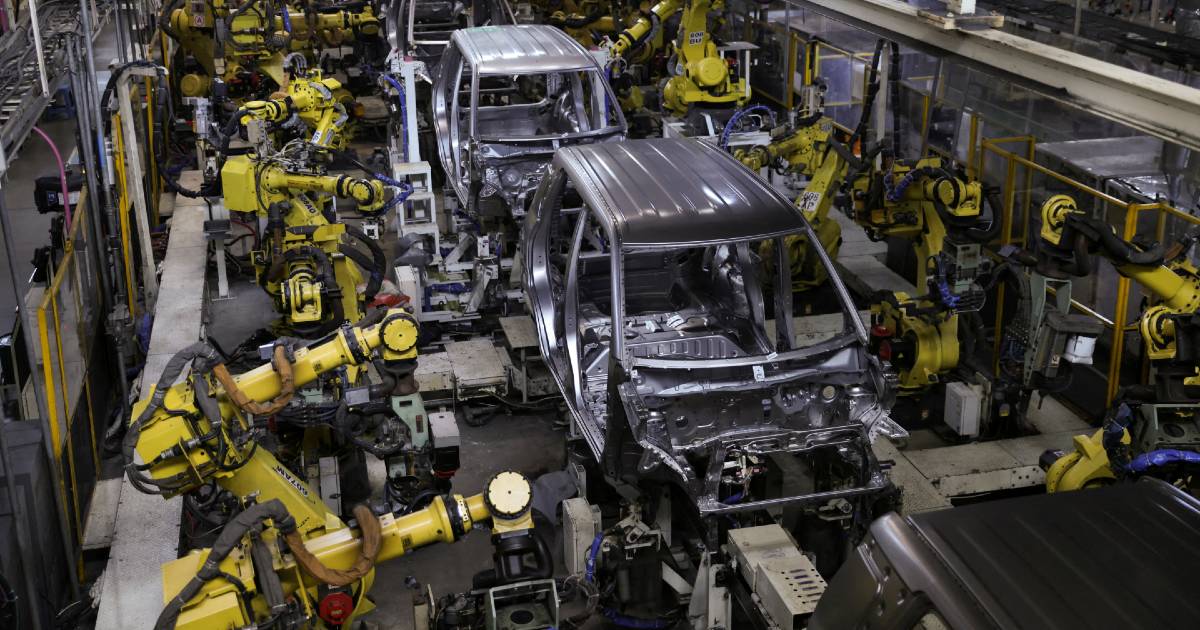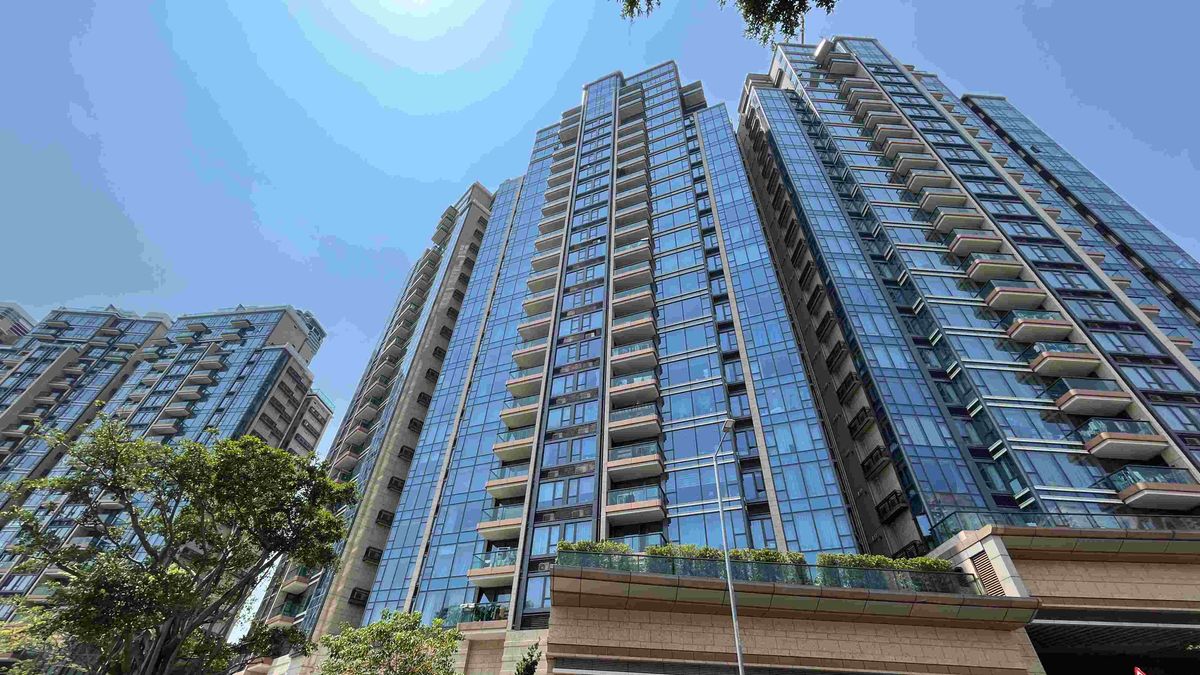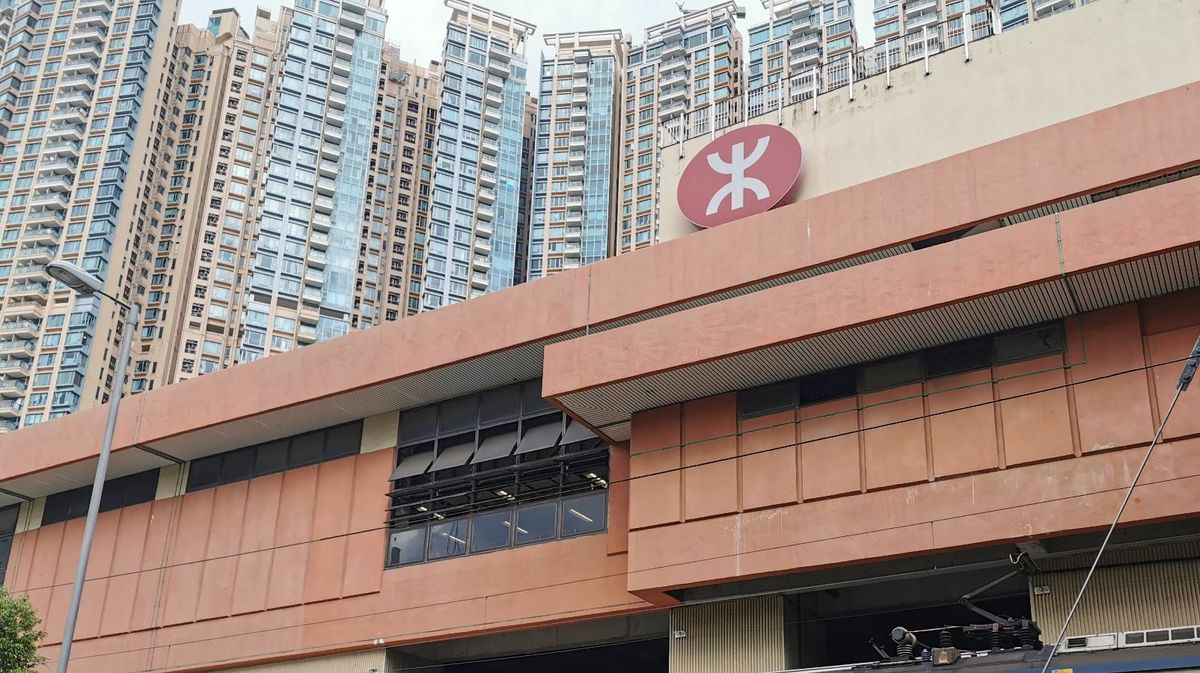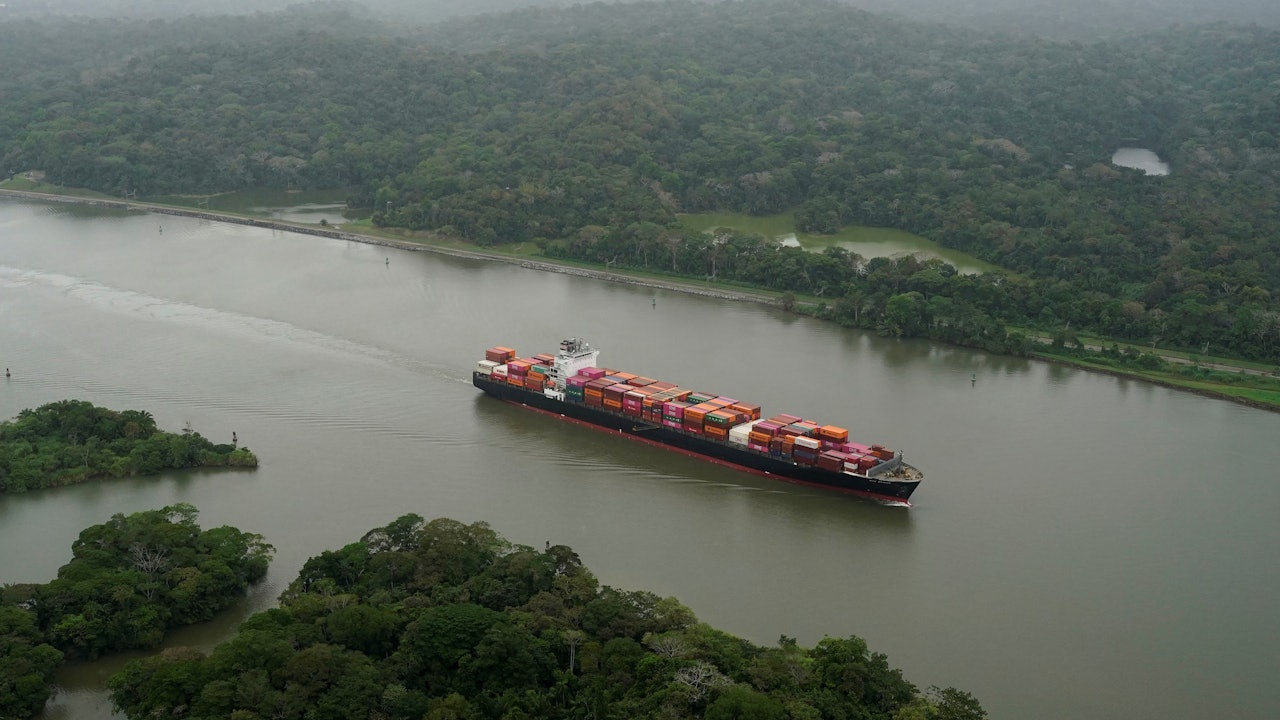The user wants a detailed analysis and professional report, over 1000 words, based on the provided title “國際財經 – 關稅戰丨車廠或面臨每輛車逾9萬關稅”.
The report should be in traditional Chinese, follow specific formatting (Markdown, no English, specific structure with subheadings, engaging language, no greetings/closings), and incorporate factual information from the search results.
Based on the title, the report should focus on the potential impact of tariff wars on car manufacturers, specifically mentioning a potential tariff exceeding NT$90,000 per vehicle.
Plan:
* 開頭 (Introduction): Hook the reader, introduce the topic of tariff wars in the auto industry and the significant potential cost per vehicle. Set the stage for the analysis.
* 風暴逼近:汽車業的關稅陰霾 (Approaching Storm: The Tariff Shadow over the Auto Industry): Discuss the current geopolitical/economic context leading to tariff wars.
* 九萬的重壓:關稅成本如何計算與衝擊 (The NT$90k Burden: How Tariff Costs Are Calculated and Their Impact): Detail the specific tariff mentioned (over NT$90k per vehicle), explain how this cost is arrived at (based on search results if possible), and elaborate on the direct financial impact on manufacturers and potentially consumers.
* 供應鏈的挪移:全球佈局的挑戰與應對 (Supply Chain Shifts: Challenges and Responses in Global Layout): Analyze how tariffs force car makers to reconsider their global supply chains, production locations, and market strategies.
* 市場與消費者的未來:誰來承擔? (The Future of Market and Consumers: Who Bears the Cost?): Discuss the potential consequences for car prices, market competition, and consumer choices.
* 尋找避風港:車廠的策略轉向 (Seeking Shelter: Car Makers’ Strategic Pivot): Explore potential strategies car manufacturers might adopt to mitigate tariff risks (e.g., shifting production, localization, new market focus).
* 浪潮之後:長期影響與產業重塑 (After the Wave: Long-Term Impact and Industry Reshaping): Conclude with a summary of the potential long-term effects on the global auto industry landscape.
* 結語 (Conclusion): Summarize the key points and offer a final thought-provoking statement on the future of the auto industry in an era of increasing protectionism.











